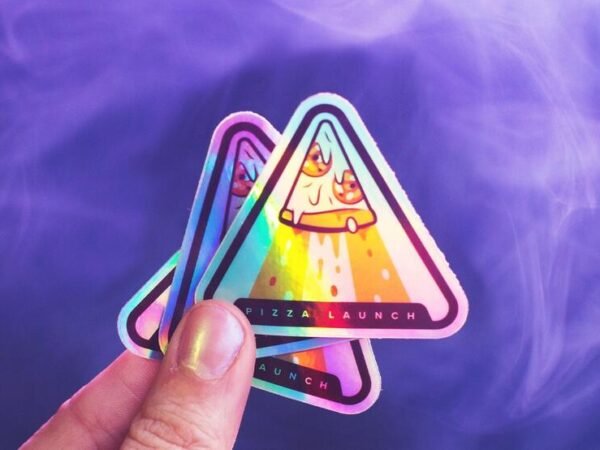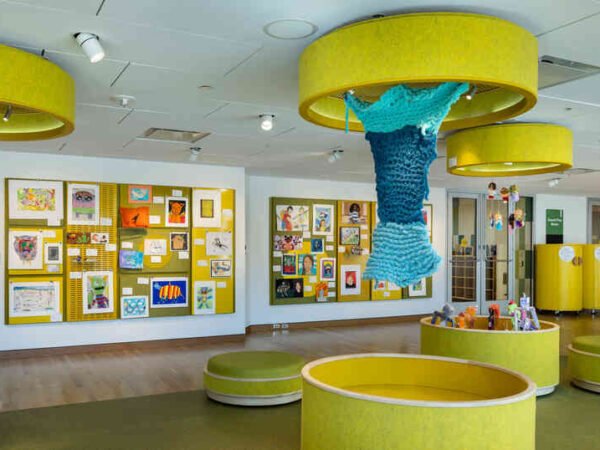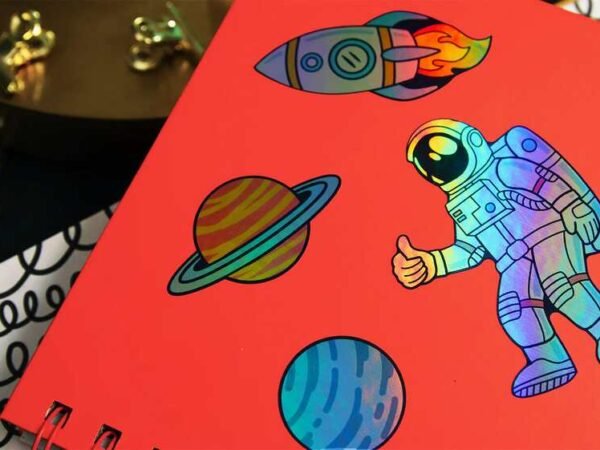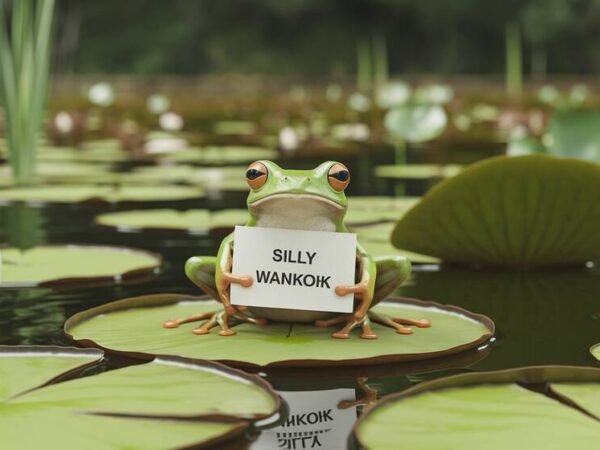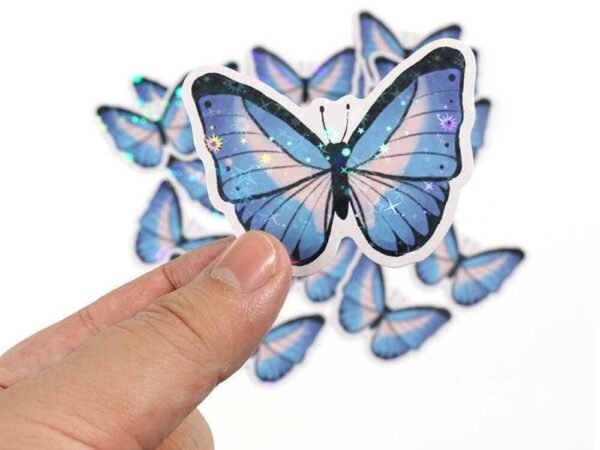Introduction
In the vibrant world of animation, cartoon characters come in all shapes, sizes, and appearances, reflecting a wide range of personality traits, roles, and moral values. While traditionally attractive characters often take the spotlight, a different set of figures—so-called “ugly cartoon characters”—play equally significant roles. These characters challenge conventional beauty standards, reminding viewers of the importance of substance over appearance. The “ugly” in these characters is more than skin deep; it enhances the storytelling, creating relatable, memorable, and often endearing figures. Whether they serve as heroes, villains, or comic relief, these unconventional animated icons leave lasting impressions, proving that beauty, especially in animation, is far more complex than mere visual appeal.
The Role of Aesthetics in Character Design
The aesthetic choices behind cartoon characters are deliberate, and “ugly” designs are no exception. Animators often use unconventional appearances to create layers within a character’s identity, encouraging audiences to look beyond surface-level judgments. By designing characters with exaggerated or unattractive features, animators can align visual traits with certain personality aspects, enhancing the audience’s understanding of the character’s role.
For example, a character designed with sharp angles, warts, or exaggerated facial features might suggest a sinister or mischievous personality. At the same time, soft lines and symmetry are often reserved for protagonists or love interests. However, some characters break these molds entirely—ugly yet kindhearted, unattractive but deeply misunderstood. By intentionally defying beauty norms, these characters help viewers embrace a broader range of human emotions and identities, ultimately fostering empathy and encouraging diversity in storytelling.
Iconic Ugly Cartoon Characters
Shrek: The Lovable Ogre Challenging Beauty Norms
Shrek, the beloved green ogre from DreamWorks’ Shrek series, is one of the most famous examples of an “ugly” character who defies expectations. Initially perceived as a frightening creature, Shrek reveals a sensitive, kindhearted side that challenges both his fellow characters and the audience. His design—complete with his signature green skin, bulbous nose, and ungainly size—physically embodies the story’s theme: beauty is more than skin deep. Shrek’s journey encourages audiences to embrace inner beauty, self-confidence, and the power of authenticity.
Ursula: The Sea Witch with a Unique Narrative Presence
In The Little Mermaid, Ursula is one of Disney’s most iconic villains, with a unique aesthetic that amplifies her wicked personality. Her octopus-like tentacles, exaggerated facial expressions, and larger-than-life appearance capture her dark, cunning nature. Unlike traditional villains who may be sleek or elegant, Ursula’s grotesque form aligns with her manipulative, vengeful character. Her physical design establishes her as a formidable antagonist and empowers her personality, making her an unforgettable presence in animation history.
Quasimodo: Embracing Inner Beauty in The Hunchback of Notre Dame
Quasimodo, the protagonist of Disney’s The Hunchback of Notre Dame, represents a poignant take on the theme of inner beauty. Born with physical deformities that label him an outcast, Quasimodo lives isolated from society but possesses a heart filled with kindness and compassion. His unconventional appearance directly challenges the idea that beauty equates to goodness. Through Quasimodo’s journey, audiences are reminded that kindness and love hold more value than physical appearance, making him a truly inspirational figure.
Squidward Tentacles: Relatable Grumpiness in SpongeBob SquarePants
Squidward Tentacles from SpongeBob SquarePants is a classic example of a character whose “ugly” traits are both visual and behavioral. His drooping eyelids, prominent nose, and often sour expression reflect his sarcastic, cynical personality. While Squidward may not be conventionally likable, his realistic frustrations and misfortunes make him relatable. His design and demeanor resonate with viewers who empathize with his struggles, adding humor and depth to the show’s cheerful underwater world.
Gargamel: The Distinctive Antagonist of The Smurfs
Gargamel, the infamous antagonist in The Smurfs, embodies the “ugly villain” archetype with his hunched posture, crooked nose, and scheming grin. His physical appearance reinforces his obsessive pursuit of the Smurfs, portraying him as a character who revels in chaos and conflict. Gargamel’s unique look is memorable and complements his criminal personality, making him an enduring figure in animation who resonates with audiences as a classic example of a delightfully “ugly” villain.
The Evolution of Ugly Characters in Animation
The portrayal of “ugly” cartoon characters has evolved significantly. Early animation often utilized unattractive features to create clear visual distinctions between heroes and villains. Characters like Disney’s original villains were deliberately designed to look “ugly,” aligning with their dark intentions and emphasizing the contrast between good and evil.
However, as societal attitudes towards beauty standards have evolved, so too have the portrayals of these characters. Modern animations have started to explore more extraordinary nuances, making “ugly” characters more layered, sympathetic, and central to the story. Characters like Shrek and Quasimodo represent a shift in perspective, showing that physical appearance does not define a character’s worth. This evolution reflects the increasing acceptance and celebration of diversity in real life and animation.
Psychological and Cultural Implications
Using “ugly” cartoon characters carries significant psychological and cultural implications. These characters challenge society’s fixation on physical appearance, teaching audiences to look beyond the superficial and appreciate inner qualities. These characters provide valuable lessons in empathy and kindness by breaking down beauty stereotypes.
Ugly characters often remind viewers that real-life people should not be judged by their appearance. These characters offer young viewers lessons in tolerance and acceptance, making them essential figures in animated storytelling. As a cultural mirror, “ugly” characters help normalize diverse looks and personalities, fostering a broader understanding of human complexity.
Behind the Scenes: Animators’ Perspectives
Designing “ugly” characters requires a delicate balance of exaggeration and empathy. Animators often craft these characters with intentional physical features that align with their personalities or roles in the story. For instance, Shrek’s green, ogre-like form was designed to be intimidating and endearing, reflecting his tough exterior but gentle heart.
Animators and character designers reveal that creating “ugly” characters involves exploring stereotypes and breaking them. The design process often includes multiple iterations to ensure the characters are visually unique but emotionally accessible. By making “ugly” characters relatable, animators challenge conventional aesthetics and broaden viewers’ emotional engagement with diverse characters.
Audience Reception and Cultural Impact
The reception of “ugly” cartoon characters has been overwhelmingly positive, with many becoming cultural icons with devoted fanbases. Characters like Shrek, Ursula, and Squidward have inspired fan art, memes, and merchandise, proving that audiences are drawn to their authenticity and relatability. Shrek, for instance, became a symbol of self-acceptance, inspiring fans of all ages to embrace their unique qualities.
The enduring popularity of these characters speaks to their cultural impact. They offer a refreshing alternative to conventional beauty standards, showing that “ugly” can be lovable, strong, and influential. By embodying the complex reality of human experiences, these characters create space for self-expression and diversity in media representation.
Conclusion
“Ugly” cartoon characters are far more than their appearances; they are integral parts of animated storytelling that bring depth, humor, and humanity to the screen. By celebrating these unconventional icons, audiences learn to appreciate diversity in all its forms. From Shrek’s inner strength to Ursula’s charismatic villainy, each character serves as a reminder that true beauty lies beyond the surface. In a world that often emphasizes conventional attractiveness, these characters encourage viewers to look deeper, embracing authenticity and compassion. The lasting appeal of “ugly” cartoon characters reinforces the power of animation to convey universal truths, making them cherished figures across generations.
Do Read: Holographic Stickers: Modern Aspects of Video and TV Campaigns and the Future of Visual Storytelling




